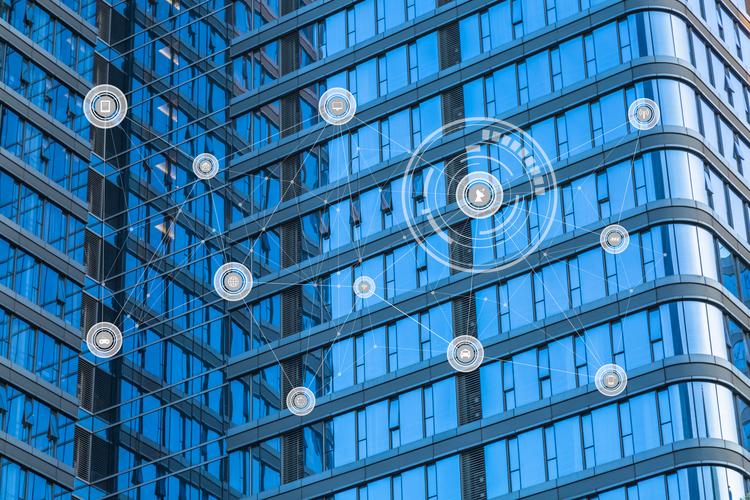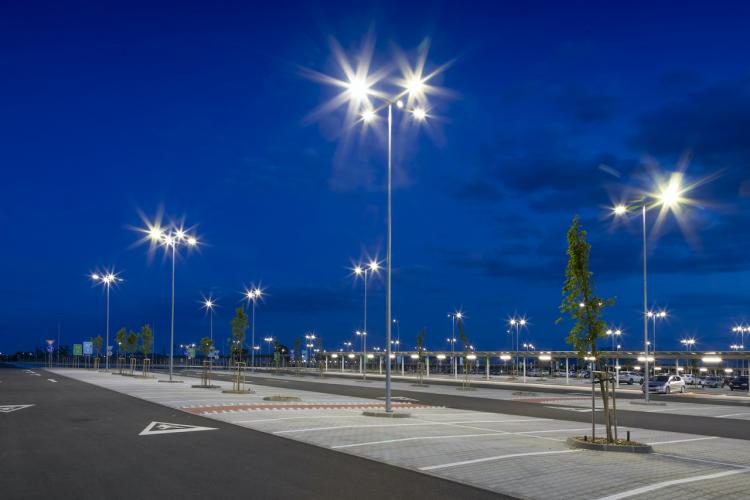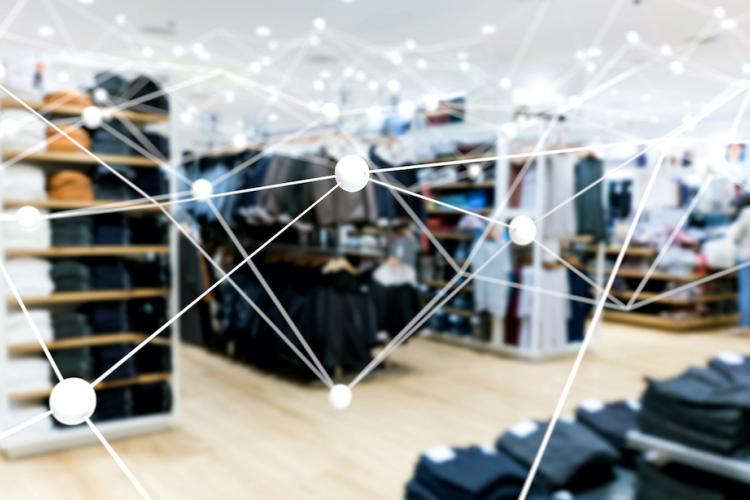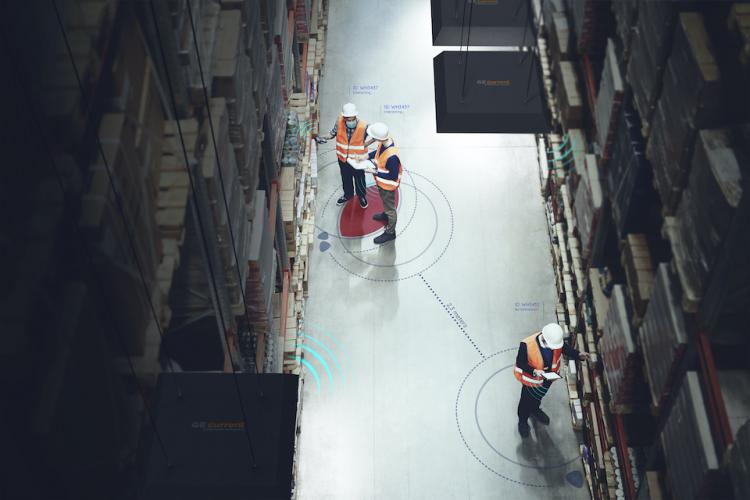5 Questions to Ask Before Implementing IoT Sensors
5 Questions to Ask Before Implementing IoT Sensors
Authored by Glenn Hicks for iOFFICE
This post was originally published on the iOFFICE blog on Nov. 29, 2017. You can read the original post here.
Technology is to facilities management as the iPhone was to personal communications, as Bill Gates was to computers, as Dippin’ Dots was to ice cream. In other words, technology literally revolutionized the world of facilities management. And it continues to do so every day.
One of the most powerful technological innovations of the past five years is the advent of the Internet of Things (IoT) and IoT sensor technology. IoT sensors empower workplace managers to collect a plethora of different data points about workspaces and the workforce.
But before you take off running on the path to implementing IoT sensors, consider the answers to these five questions.
1. Why do you want to install IoT sensors?
This should be the first question you ask prior to investing in any kind of sensor technology. Do you want to …
- Know how often individual workstations are occupied?
- See how many employees are on site at any given time?
- Find out which conference rooms are in high demand?
- Make the workplace more pleasant for employees?
- Identify space consolidation opportunities?
- Locate ways to improve energy efficiency?
- All of the above?
If you don’t establish these goals before you start the implementation process, you’ll end up wasting time and money on installing technology you don’t need to collect data you won’t use.
2. What type of sensors will you use?
Depending on which resource you consult, there are anywhere from a few dozen to several hundred different types of IoT sensors. To save you from falling down an internet rabbit hole, here are a few of the most common IoT sensor types:
- Proximity/Motion. Determines presence of nearby objects or people without requiring physical contact. In a business setting, proximity/motion sensors are best used for security.
- Occupancy. Measures occupancy of workspaces and conference rooms. Aids workplace leader in accumulating data about space utilization.
- Noise. Gauges volume of ambient noise. Best used to identify work areas that are particularly loud.
- Optical. Detects electromagnetic energies such as light or electricity. Can be used to measure levels of natural and artificial light.
- Temperature. Calculates the temperature of a workspace. Enables workplace leaders to identify areas where AC and/or heat is particularly strong or weak.
- Humidity. Assesses the relative humidity of a space. Helps workplace leaders identify areas where high humidity levels can affect equipment performance and employee comfort.
Again, the type of sensors you use will be dictated by your objectives. When you outline what you’re hoping to achieve, you’ll know which sensors are right for the job.
3. When and where will the sensors be installed?
The entire objective of implementing IoT sensors is to gather data passively and discreetly, so you’ll need to schedule sensor installation on a weekend or during off-peak work hours in order to not disturb or distract employees.
You’ll also need to make sure the sensors are installed in locations that are the best for collecting data but that also won’t get in the way of your employees. It’s usually a good idea to affix sensors to the underside of desks and chairs or as high as possible on the wall (without sacrificing data accuracy.)
4. How will you transmit the data amassed by the sensors?
All IoT sensors must be connected to a wireless or wired network in order to share the data they accumulate with your database.
There are a few different technology options such as Bluetooth, cellular, LTE and Wi-Fi — each with their own pros and cons. To choose the right network technology, you’ll need to determine your requirements in terms of transfer speed, bandwidth, communications distance and power consumption.
By implementing IoT sensors and a cloud-based IWMS, real time data can be accessed across mobile tools.
5. How will you use this data?
There’s no real point in collecting all of this data about your workplace and workforce if you don’t have the tools to actually do something with it. No matter how long you’ve been in the facilities management field, it simply isn’t plausible to manually translate all of the data the sensors will gather into something actionable.
Instead, invest in a cloud-based workplace management solution that has powerful analytics capabilities. This technology can help you organize and analyze the various types of information you aggregate and allow you to make data-driven decisions about the workplace.
Implementing IoT sensors can help make the life of a workplace leader exponentially easier. You just need to make sure you have the right approach, right resources and right infrastructure first.
At Current, we believe that upgrading your office to an intelligent environment empowers employees to be more productive while enabling business leaders to make better decisions. Implementing the IoT into a commercial office ushers in a new era of productivity, efficiency and employee engagement.







